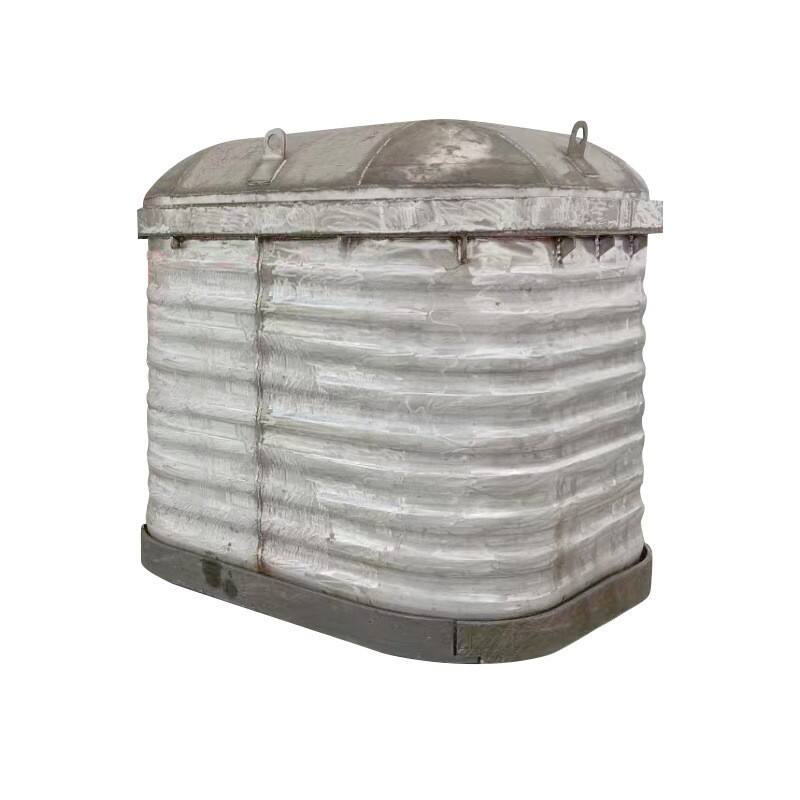high heat resistant metal
High heat resistant metal represents a breakthrough in materials engineering, designed to maintain structural integrity and performance under extreme temperature conditions. These specialized alloys combine various elements to create materials that can withstand temperatures exceeding 2000°F while maintaining their mechanical properties. The composition typically includes a careful balance of chromium, nickel, and other elements that work together to form protective oxide layers, preventing degradation at high temperatures. These metals demonstrate exceptional resistance to thermal fatigue, oxidation, and corrosion, making them indispensable in critical industrial applications. The technological features include superior creep resistance, excellent thermal stability, and remarkable dimensional stability under extreme conditions. Common applications span across aerospace engines, industrial furnaces, power generation equipment, and chemical processing facilities. The metal's microstructure is engineered to minimize grain boundary sliding and dislocation movement at elevated temperatures, ensuring long-term reliability. This advanced material also exhibits impressive strength-to-weight ratios and can be manufactured using various processes, including casting, forging, and powder metallurgy techniques.

